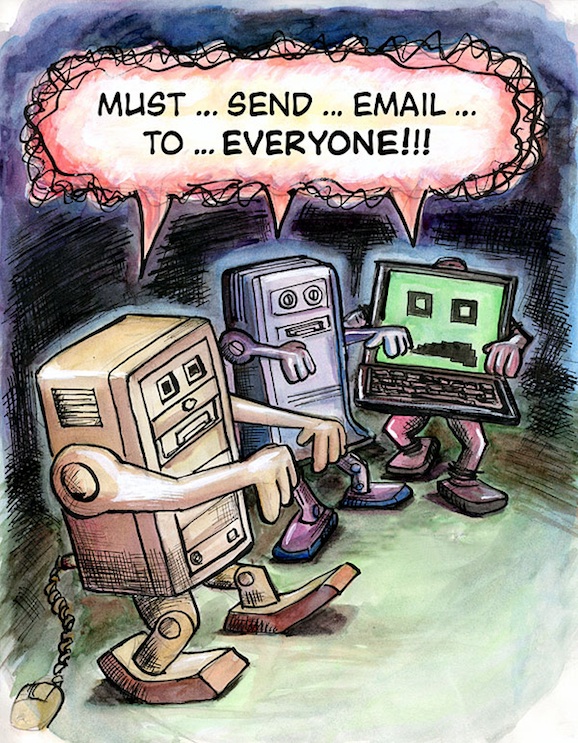Now we’ve really heard it all… HP and Salesforce’s new “Superpod” offering provides a Private Cloud within the Public Cloud, making the term “Cloud”, well, pretty much irrelevant…
HP and Salesforce.com have teamed up to provide Salesforce CRM on dedicated “Superpod” HP boxes in an effort to satisfy enterprise clients fearful of having their data situated in the Public Cloud. The partnership is designed to help Salesforce.com gain more traction with large global enterprises and highly regulated industries, while providing HP some Cloud street-cred after years of negative publicity and pride a much-needed fillip to its hardware and CRM services businesses.
Following the announcement, many industry stakeholders quickly questioned whether the arrangement met “required criteria to be referred to as a Cloud offering” based in the fact that dedicated hardware boxes do not service “multiple tenants”. HfS believes those arguments from multitenant purists have some validation from a theoretical perspective; however, in today’s environment of commoditizing hardware prices and paranoid enterprise IT leaders, those arguments have now become irrelevant. If having a dedicated HP box can provide some increased processing power and peace of mind to enterprises while still delivering all the benefits of scalability, security and global ubiquitous access that internet-based delivery can offer, does it really matter whether that offering is classed as “Cloud or multi-tenant anymore”? HfS believes the core focus has now shifted to the “what” in achieving business outcomes rather than the “how” in terms of technical mechanics.
Clearly, leveraging a public cloud environment is still too much of a bitter pill to swallow for “Zombie” IT departments still clinging to the idea that they need to control all the data that flows in and out of the enterprise and not have their enterprise data housed on the same Internet services as other firms. Creating a “private cloud within a public cloud” will provide a more acceptable solution for many enterprises still grappling with the concept of public Cloud, especially for their most sensitive data that resides within their CRM system. In short, the whole concept of public and private cloud is becoming pretty moot, as long as the enterprise is leveraging cloud delivery to achieve the outcomes it needs in a secure, reliable, effective delivery environment. So who cares whether the new offering, which, for a higher price, provides a dedicated hardware environment within Salesforce’s larger public cloud, violates some sacred principle?
For years, Salesforce was the poster child for anyone touting the benefits of adopting a SaaS based solution and by broader implication an underlying cloud based infrastructure. It was a strategy and market position the company and its founding CEO aggressively pursued. The company’s very logo demonstrates how important it is to its core.
However, as opportunities mature, so to must the innovators driving the change. What this announcement signifies is not the end of the Cloud but quite the opposite – the maturation of the Cloud. In short, this is likely the moment we can attribute it to the delivery model becoming truly mainstream. Do we even need to use the term “Cloud” anymore? Is it still relevant? Does anyone purchase new services, outside of a few stagnant examples of legacy on-premise ERP, that are not in the “Cloud”?
Why This Matters
IT departments can focus on driving Cloud integration and business alignment, as opposed to low-value security and maintenance tasks. Cloud advocates should greet this announcement with glee as it could boost adoption among those reluctant to embrace a truly multitenant public environment. More importantly, it also allows the entire IT industry to focus on the business outcomes to be achieved when adopting these newer offerings, rather than whether or not such adoption creates undue risk. IT executives can focus on the integration work that needs to be done to adopt new Cloud services into the enterprise and work with their LOB counterparts to ensure the applications are supporting the business needs.
Future IT solutions are increasingly being driven by the business lines. Furthermore, questions around how to deploy the underlying technology and implement security should always be secondary to how best to address the business need. The driving force behind the adoption of any particular cloud based offering is not the underlying technology, but rather the business change the new model can bring. The driving appeal is a better-run organization, the ability to better match costs to performance, the freeing up of scarce resources to focus on more strategic efforts, or perhaps some combination of all three. This new offering helps remind us of all that. In the instance of Salesforce, for example, sales and marketing executives are increasingly making the decisions regarding purchasing new solutions to drive business value. The same is happening across all major lines of business, such as finance, HR and procurement. IT has become the enabler of the solution, not the solution itself.
The need for enterprise mobility is rapidly changing the onus of IT solutions to achieving business outcomes. Finally, by marking the point of cloud maturity, the announcement allows us to truly focus on the next evolutionary phase of our computing environments – mobility. This is not to say cloud environments are fading to the background nor even diminishing in importance. Quite the opposite, they will continue to be prominent as the enabler that allows us to connect to our core processes from anywhere at any time on a mobile device. But as we increasingly leverage the cloud to embrace mobility it brings with it an additional layer of enterprise change.
As consumers we expect our mobile environment to be crisp, clean and focused. When the need arises to perform a task, we look for a specific app to get it done. Increasingly, that consumer led singularity of focus now flavors our desired approach to engagement within the enterprise. Yet the burden this puts on existing legacy applications – whether old behemoth onsite systems or yes, even the newer lightweight SaaS offerings – is huge. New interfaces must be designed, road tested, and implemented for all of these applications or better yet robust APIs developed to allow connectivity across all of them and into new task specific UIs.
What to Watch
The critical question in all of this is whether we will see a new class of enterprise apps emerge to overshadow the current SaaS darlings or if these existing leaders will adapt to the new demands. In an interview with the media and analyst community at the same event, Benioff shed light on the company’s efforts around building out its APIs highlighting it as one of the most important efforts underway. Sometimes maintaining relevance means letting go of what once defined you. Salesforce appears to get that and is well on its way to helping us all embrace the Applification that is spreading across all aspects of our lives.
The good news in all this for the traditional IT services firms is that the new delivery models which at first appeared to offer a lightweight solution for the enterprise and thus little need for additional programming, ultimately require a great deal of integration work to tie them back deeper into the enterprise. As we move to a SaaS driven mobile environment, systems integration is now giving way to services integration and the opportunity is robust. In short, the clouds just might be clearing on the next wave of IT services growth.
Posted in : Cloud Computing, CRM and Marketing, HfSResearch.com Homepage, IT Outsourcing / IT Services, Sourcing Best Practises









[…] companies to prevent becoming a Zombie Enterprise (eg. Blockbuster, Sears, Sony), it is crucial that companies focus on their core competence in the […]
[…] (Cross-posted @ Horses for Sources) […]
[…] HP and Salesforce team up to go after the zombie enterprise – Now we’ve really heard it all… HP and Salesforce’s new “Superpod” offering provides a Private Cloud within … Clearly, leveraging a public cloud environment is still too much of a bitter pill to swallow for “Zombie” IT departments still … […]